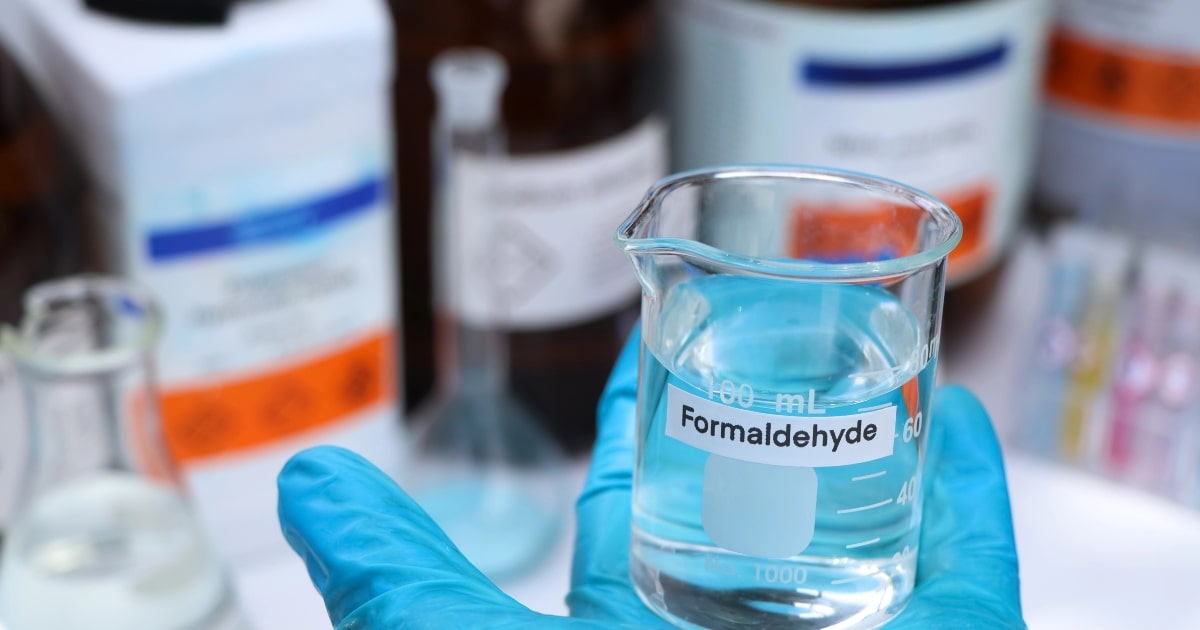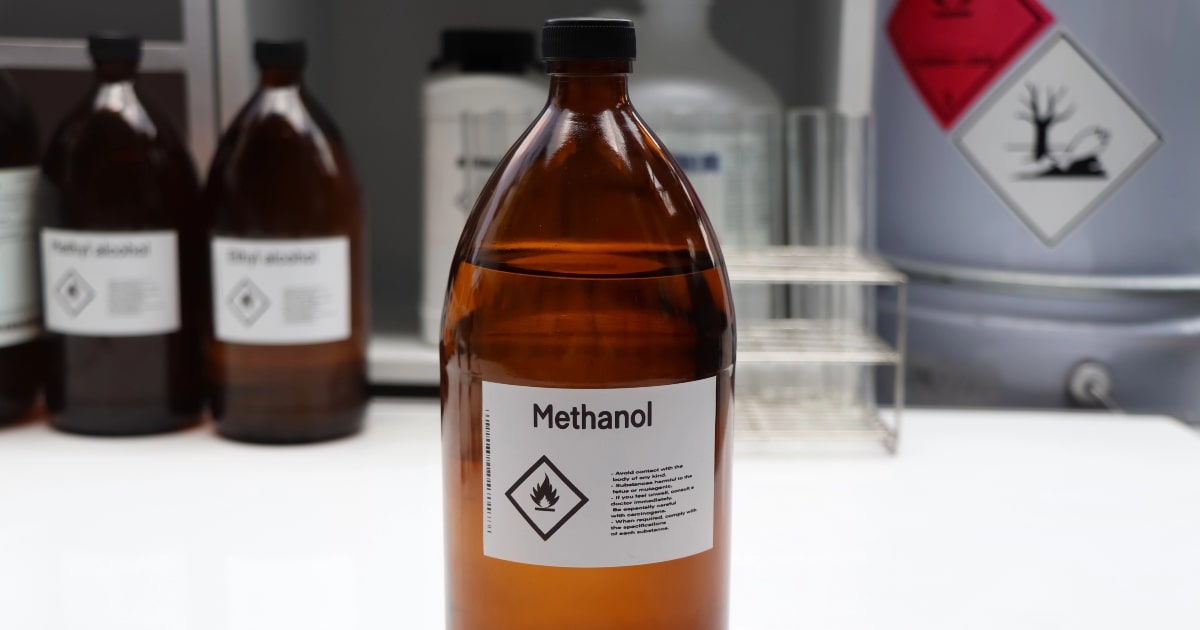When preparing a loved one for viewing, burial, or international repatriation, preserving the body with dignity is essential. At the heart of this preservation process are specialised substances known as chemicals for embalming. These compounds work together to slow decomposition, prevent the spread of pathogens, and restore a natural appearance.
In this article, we explore the science behind these chemicals, how they function, and common concerns surrounding their use in modern embalming.
What are chemicals for embalming?
Embalming chemicals are a carefully formulated blend of preservatives, disinfectants, solvents, and additives. Together, they form what is commonly referred to as embalming fluid, which is injected into the body through a process known as arterial embalming.
The main purpose of embalming is to preserve bodies by:
- Sanitisation: Disinfect the body and eliminate harmful bacteria.
- Preservation: Slow decomposition by temporarily preserving the body.
- Presentation: Restoring a more natural appearance for viewing.
- Transportation: Facilitates safe handling and long-distance transport.
These chemicals are also essential in repatriation cases, where embalming must remain effective for extended periods due to flight times, delays, and international regulations.
What’s in embalming fluid?
The exact composition of embalming fluid may vary based on the body’s condition and the embalming method used. A typical fluid contains a mixture of the following elements:
- Formaldehyde content generally ranges from 5% to 29%.
- Ethanol content may range from 9% to 56%.
- Other key ingredients include methanol, phenol, and wetting agents.
- Water.
Each ingredient in this diluted preservative chemical formula plays a specific role in preserving and disinfecting the body.

5 key chemicals for embalming and their functions
1. Formaldehyde
The cornerstone of most embalming fluids is formaldehyde. It preserves the body by bonding with proteins in tissues, effectively stabilising them and making them resistant to natural decomposition. It is also a powerful disinfectant agent, killing most bacteria and viruses, which helps prevent disease transmission.
The formaldehyde content generally ranges depending on the body’s condition and the duration of preservation needed. Higher concentrations may be used in long-distance repatriations to ensure the body remains well-preserved throughout transit.
2. Ethanol (Ethyl Alcohol)
Ethanol plays a dual role in the modern embalming process. Initially, it functions as a potent antimicrobial, helping to disinfect tissues. Second, it functions as a solvent, helping to dissolve and evenly distribute other chemicals throughout the vascular system.
This even spread is essential in arterial embalming, especially when preparing a body for international transport.
3. Phenol
Phenol is another important ingredient used for its strong disinfecting and deodorising properties. It is particularly useful when the body has been exposed to infectious conditions. It also acts as a mild bleaching agent, helping to reduce discolouration and restore a more natural skin tone.

4. Methanol
Methanol is a solvent that improves the absorption of other chemicals into the body’s tissues. It also stabilises formaldehyde, which improves the overall effectiveness of the arterial fluid. Using it ensures that preservation chemicals are absorbed more efficiently, leading to longer-lasting results.
5. Wetting agents (Surfactants)
Wetting agents, or surfactants, help break down surface tension, allowing the embalming fluid to move freely throughout the circulatory system. This ensures uniform saturation across all tissues, avoiding patchy preservation or dehydration. These additives ensure the embalming fluid works throughout the body.
Addressing common misconceptions about chemicals for embalming
Misinformation about embalming chemicals, particularly formaldehyde, is common. Let’s clarify some of the most frequent
concerns.
Misconception: Embalming fluids pose a significant health risk to the public
Fact: While embalming chemicals can pose health risks to embalmers, the general public is not at risk. Once the body is embalmed and handled professionally, it does not release harmful substances.
Misconception: An embalmed body spreads disease
Fact: Embalming disinfects the body and reduces the risk of disease transmission. Handling unembalmed remains poses a higher biohazard risk than those that have been professionally treated.
Misconception: Formaldehyde causes cancer in anyone exposed
Fact: Formaldehyde is classified as a potential carcinogen, but this applies to long-term, high-level exposure, such as repeated inhalation in a poorly ventilated workspace. Embalmers are trained to manage these risks, and families are not exposed to harmful levels.
Misconception: Embalming chemicals pollute drinking water
Fact: In Australia, mortuaries are required to follow strict waste disposal and environmental management protocols. Embalming fluids are not released into groundwater, and certainly do not enter tap water supplies.
Real safety considerations for embalming professionals
While the public is not at risk, the professionals performing embalming must take precautions. Exposure to chemicals for embalming can lead to:
- Respiratory irritation from formaldehyde or phenol vapours
- Skin and eye irritation from contact with methanol, phenol, or glutaraldehyde
- Sensitisation or allergic reactions over time
- Environmental risks from improper disposal
To manage these risks, mortuaries are equipped with:
- Ventilated workspaces
- Personal protective equipment (PPE)
- Training in chemical handling
- Regulated chemical waste disposal procedures

Why embalming matters in repatriation
When a loved one passes away overseas or their final wishes involve returning to their country of origin, embalming becomes a critical part of the process. It:
- Preserves the body during international transport.
- Allows time for documentation, permits, and family arrangements.
- Meets the health and safety standards required by airlines and foreign governments.
- Helps families hold viewings or ceremonies in the home country.
Choosing a qualified mortuary service means:
- The correct chemicals and techniques are used for long-term preservation.
- All health and safety protocols are followed.
- Documentation and legal compliance for international transport are handled correctly.
At Bellrae, our qualified embalmers follow Australian best practices and safety standards to ensure respectful, safe care every step of the way.
Respectful preservation through professional embalming
Understanding the chemicals for embalming can help dispel myths and highlight the respectful science behind modern body preservation. These compounds are vital tools used by trained professionals to ensure safety, hygiene, and dignity, especially when repatriation is involved.
If you’re navigating a loss and need guidance with the embalming process or international repatriation, our experienced team is here to help. We’ll provide compassionate support and ensure everything is handled with care.
Have a question?
Our friendly team are hear to help. Reach out with any questions you may have and we'll be in touch to discuss.
